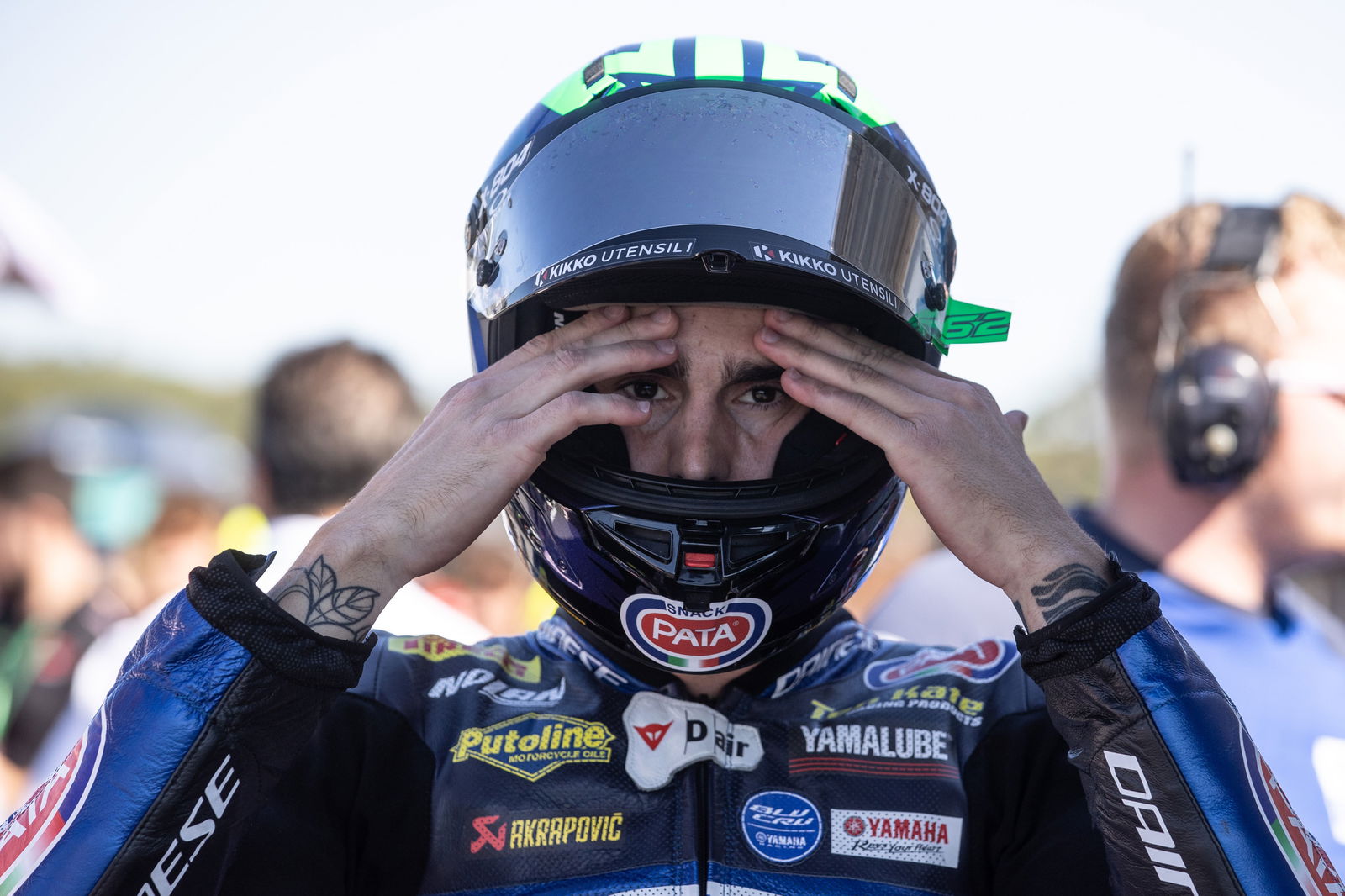WorldSBK publishes World Sportbike technical regulations with odd bike list
WorldSBK has published some new clarifications on the rules for the new World Sportbike Championship.

Ahead of the introduction of the World Sportbike Championship in 2026, WorldSBK has issued some clarifications on the new class.
The Sportbike category will come into WorldSBK next year to replace the WorldSSP300 category with a ruleset aimed at bikes like the Yamaha R7 and Aprilia RS 660, for example.
A meeting of the SBK Commission has determined several resolutions on the new category, including age rules, which seem slightly complicated initially but which WorldSBK says are designed to create a “smooth transition” from WorldSSP300 into the new WorldSPB class.
The minimum age for the new category is set at 16-years-old. For riders who are new to the WorldSBK paddock for the 2026 Sportbike season, the maximum age is 25. However, for what WorldSBK describes as “experienced” riders, the maximum age is 28. In this instance, “experienced” refers to riders who have participated in WorldSSP300 or WorldWCR.
The maximum age for riders who have competed in Sportbike will become 28-years-old from 2026.
The SBK Commission also resolved that the maximum grid size for WorldSPB is 34 riders, including one wildcard. This also applied to WorldSSP.
The technical regulations have also been approved, and they confirm that, as in Supersport, WorldSPB will be subject to a performance balancing system which will use engine concession parts, a torque limited map with a rev limit, and minimum weight to try to achieve parity between the class’ different manufacturers.
Additionally, the technical regulations say that eligible bikes must be able to achieve “approximately 90hp”. This is below the 95bhp that BSB uses as its target engine performance for bikes in its own Sportbike class.
But the World Championship looks set to use a much different selection of bikes than the British Championship, with the Honda CBR600RR listed alongside the Kove 450RR. The Yamaha R7 is also among the eligible bikes, as are the Suzuki GSX-8R, Triumph Daytona 660, Kawasaki ZX-6R 636, and the CFMoto 675 SR-R.
It’s a particularly diverse collection of bikes, with the showroom version of the Honda able to produce 119bhp and with a listed kerb weight of 193kg, where the Kove has a listed kerb weight of 165kg and has a power output of 69bhp from its 443cc inline-four-cylinder.
As such, the weight parameters for each bike are quite broad, too. The combined rider-bike minimum weight for the Kove, for example, is 216kg, while the Suzuki has the highest combined minimum weight at 244kg, although this is still to be confirmed.
There are limits on engine allocation, also, with each engine required to do at least two rounds.
WorldSBK fuel flow
After one season of what turned out to be relatively controversial fuel flow regulations for performance balancing, the SBK Commission has clarified how increased or decreased fuel flow will be carried over from one season to the next.
If a manufacturer carries a reduction of 1kg/h from one season, during the following season it can be subject to a further 0.5kg/h reduction following the MSMA Algorithm.
On the other side, if a manufacturer carries a 0.5kg/h fuel flow increase from concessions (as Yamaha did during 2025) from one season, it can still gain an additional concession of 0.5kg/h in the following season following the MSMA Algorithm.
Additionally, the SBK Commission has implemented that “if a manufacturer continues to demonstrate a significant performance advantage, the FIM/DWO [Dorna WorldSBK Organisation] reserve the right to apply an additional reduction of up to max 0.5kg/h.”
A further clarification was made that a maximum of two FIM Category 1 certified fuels can be introduced and used by each manufacturer per season.


